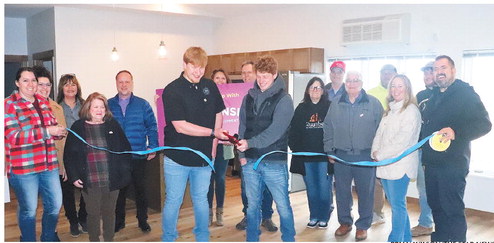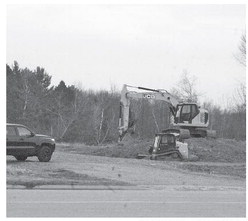Local-focused toolkit to help address affordable housing


The new Wisconsin-specific tool, Enabling Better Places: A User’s Guide to Neighborhood Affordability, focuses on bite-sized zoning code changes that can have an immediate impact on the development of much needed affordable housing across the state.
The guide provides options for local policymakers to adjust their zoning codes, and remove regulatory obstacles to the development of workforce and “missing middle” housing. Currently, outdated local zoning regulations and policies inadvertently restrict the housing market.
The problem in the past, has been the daunting size and scope of a zoning code rewrite.
The League of Wisconsin Municipalities joined with the Wisconsin Realtors Association, Wisconsin Builders Association, AARP-Wisconsin, Wisconsin Housing and Economic Development Authority (WHEDA), NAIOP Wisconsin and the American Planning Association – Wisconsin, to contract with the Center on the New Urbanism (CNU) to research and write the Enabling Better Places guide for Wisconsin municipalities.
“The housing industry and local government leaders agree Wisconsin has housing shortages, particularly workforce housing shortages, in virtually every community,” said League of Wisconsin Municipalities executive director, Jerry Deschane. “This collaborative, local-focused approach will produce far more, and better, results, than a legislated one-size fits all mandate.”
The guide has been in development since spring of 2021. Experts from the CNU met with local officials in Eau Claire, Horicon, Ripon, Waukesha and Waunakee, to review how their zoning code aided, or obstructed, the development of affordable and “missing middle” housing. CNU used the information obtained from these case studies to develop an initial draft of the zoning guide.
Among the options of code changes suggested by the guide, are the following:
• Allow multi-unit housing as permitted uses in single-family zoning districts, which have historically included two-family and multifamily.
• Realign lot widths and areas to match historic patterns favoring narrower lots.
• Reduce setbacks to historic distances to allow greater use of existing lots.
• Allow accessory dwellings by right for all single-family zoning districts.
• Permit residential uses, including multi-family, in commercial districts.
• Reduce or eliminate parking minimums.
• Assess and streamline the subdivision and workforce housing application process, including standards that direct development outcomes and a time limit on municipal response.




